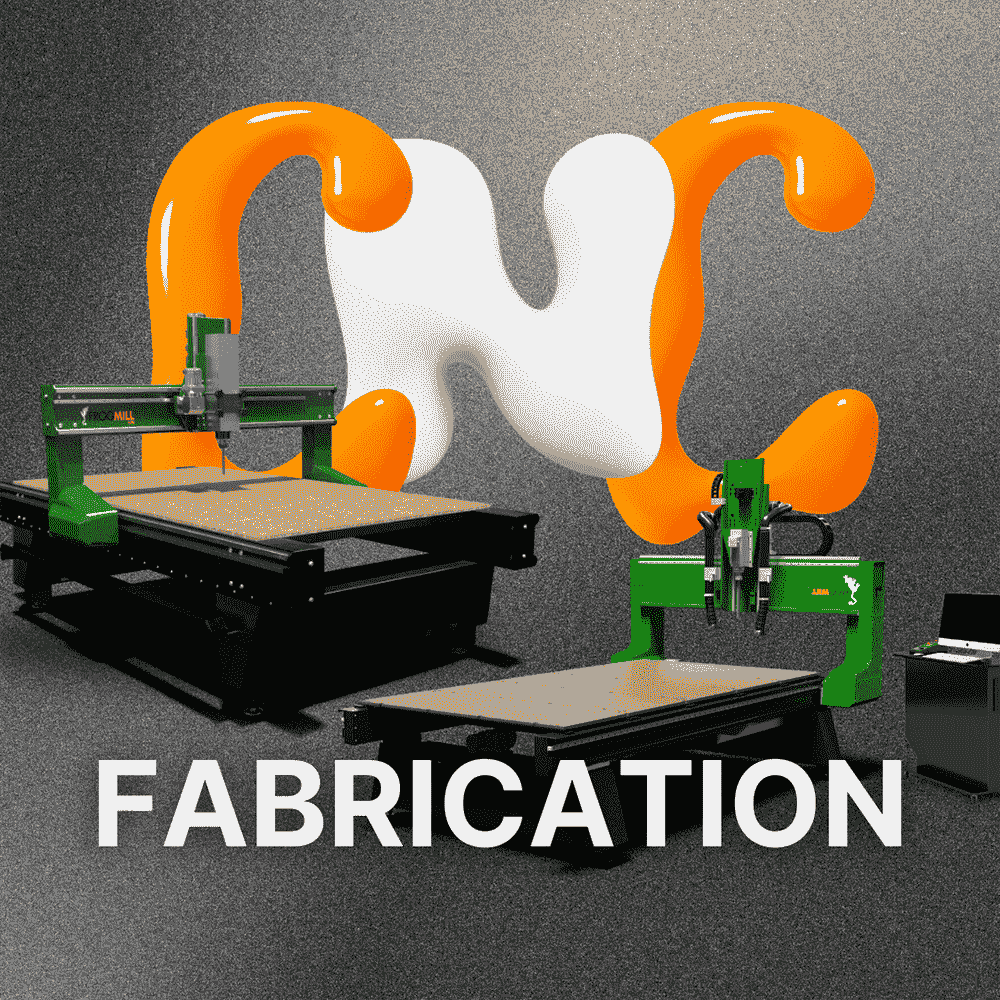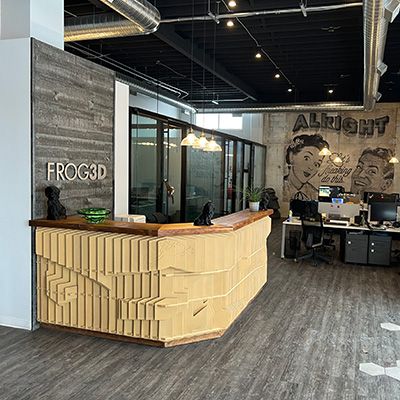Do you think you’re ready to make a new product? For many businesses, one of the greatest debates out there is around the benefits of in-house vs. outsourcing for projects. The production stage is crucial since it shapes the amount of customization, control, and planning that goes toward making your final product. Generally, outsourcing can be cheaper and more efficient, and in-house resources can offer more direct control over daily operations. It is important to fully understand both of these methods and have knowledge about their pros and cons as this can help you decide which method will work best for your business. Read ahead to learn about outsourcing vs. bringing resources in-house when creating products for your business.
Outsourcing – Why Do Businesses Do It?
Outsourcing refers to the idea of hiring an outside business or an external resource to complete a project instead of using your own employees and resources. This is commonly used by many customer service lines, large manufacturers, and popular brands. It allows companies to save money and multitask by having their employees work on projects while outsourcing other tasks.
In the world of manufacturing, when a business doesn’t have specific in-house CNC machining capabilities, it will outsource its tasks to other CNC machining companies that specialize in the production of parts. They can then use the hiring company’s designs to create the project and this saves the hiring company resources like money and time. Some reasons that companies outsource to other companies are:
- Inability to add new equipment: The operation, cost, and housing of new CNC machinery are challenges that small and mid-sized firms experience,
- The production range is limited: Some companies that specialize in one type of part might want to outsource specialized parts that fall outside of this niche.
- Demands and schedules change constantly: A few businesses have more seasonal demand or the type of industry they’re in means that demand fluctuates. Scaling up and down can be costly and outsourcing these changes makes it easier to manage fluctuating demands.
- Complex supply chain: Outsourcing involves multiple vendors invested in creating the final product and this helps to simplify some manufacturing processes such as relying on a third party to source raw materials.
Advantages of Outsourcing
- Less infrastructure: Outsourcing removes the responsibilities of equipment, time, and technology that are involved in developing projects and places these responsibilities on the company that you hire for the task. You don’t need to ensure that all the infrastructure and staffing are in place and this gives you more time to focus on other tasks.
- Improved efficiency: Outsourcing can make the manufacturing process more efficient and allow it to run smoother. This is possible because you’re able to pick a business that has all the specialized skills and training that your project needs. By picking a company that has everything you need, it will be able to cut down on staffing delays and lessen the chances that the task won’t meet your expectations.
- Expertise: The outsourcing company doesn’t need to start from scratch and get updated with information regarding the production of a new part or product. They can rely on experienced workers who are comfortable making new components with tight tolerances and specifications.
- Equipment: The cost of purchasing even one CNC machine is high and may not make financial sense for your company if it is used to produce just a handful of parts.
- Scaling up: If there is a sudden increase in industry or marketplace demand and more parts are suddenly needed, you can hire an outside company to take on the extra work rather than buying new machines, training new employees, and giving more floor space to manufacturing to meet those demands.
Disadvantages of Outsourcing
- Difficulty replacing the contractor: Outsourcing contracts are usually short-term and spending time to find a new company can cost valuable resources like time and money. It can also create problems such as delays in production and a potential decline in quality. This problem can be avoided by using in-house services.
- Having to rely on a third party: When outsourcing, the hiring company depends on the third party’s lead time. You could have customers who need products created and delivered within 7 to 14 business days, but what will happen when you contact your provider and they can’t make products for another 4 weeks? This lag time can earn your company a bad reputation and it’s the last thing you want!
- It can get expensive: While outsourcing products can save you money upfront, it can cost you more over the longer term. The more products you require, the more money you will spend on someone else making them. This can become especially more expensive if they increase their costs over time.
- The ability for human error: When outsourcing, some complex parts may need an outside machining vendor to manufacture parts on more than one machine and this introduces the ability for human error with each setup from one machine to another
- Difficult to maintain company standards: Outsourcing to a third-party company makes it more difficult to monitor whether your standards are being maintained throughout the process. If the third-party vendor doesn’t follow the same set of guidelines as you want, you may end up with an inferior service or a non-viable product as a result.
If you are a manufacturing business owner or an enthusiast who knows that they’re going to pursue making designs over the next several years then we suggest you consider investing in CNC machines and bringing them in-house to reap maximum benefits.
In-House Resources – What Does It Mean?
Using in-house services means achieving a project within the same company that is delegating the tasks. This means that the initial company uses its own time, employees, and resources to complete a task instead of depending on a subcontractor or another third-party company. There are some companies that choose in-house services because of benefits such as fitting better with company culture and having more control over operations, for example.
Advantages of Bringing In-House
- Direct control over processes: Manufacturers that produce parts in-house can ensure that they are using the highest quality of raw materials, and are in control over the specifications so the information is least likely to be misinterpreted or get changed accidentally. When investing in advanced machining equipment, manufacturers are able to machine high-quality parts repeatedly after hundreds of cycles. When developing a project in-house, you can monitor how the project is coming along and if there is anything that needs altering in the middle of the process. When outsourcing, much of that control is lost which can lead to delays and wasted resources. By keeping tasks in-house, you can ensure that your resources are going to the right areas.
- Clear communication: Frequent communication helps everyone invested in the project have a better understanding of the task at hand and what is expected from everyone. Frequent communication between the project team and management can help a project succeed and can cut down on any delays and lead to more brainstorming and improve the original project while having all the resources available in-house.
- Easier to conduct quality control: When a company brings all the resources that it needs in-house, it can make it easier to perform regular quality control checks and this can help to keep the project on schedule and on budget. It can be difficult to monitor the progress of a project when outsourcing and it can be costly to you if the project isn’t meeting your requirements (especially if you need some parts of the task redone). Also, parts don’t need to be checked for good quality twice. The manufacturer can review them before, during, and after they are machined thus enabling the manufacturer to pinpoint and correct any quality issues that arise without losing time in production or final assembly. Having equipment and other resources in-house allows you to track every step to ensure that quality standards are being fulfilled and that the best product or service is being delivered.
- On-site availability: It can be very helpful to have an on-site development team that you can access easily. When you have a team on-site, this means that if you get a new idea or if you don’t like something the development team has done, you can talk to them and make the changes almost instantly without having to wait back to hear from a third party about the project’s progress. If a third party is in charge, then you might see the progress only rarely and not be able to discuss new ideas as easily. When all resources are on-site, it can encourage initiative and brainstorming.
- Easier to maintain company standards: Several companies have their own set of standards and ethical codes. When services are implemented in-house, it is simpler to ensure that those values and standards are being met to your satisfaction. When a company outsources to a third party, it makes it more difficult to monitor whether your specific standards are being maintained throughout the process. If the third party doesn’t follow the strict guidelines like you then you might be left with an inferior service or a non-viable product.
Disadvantages of Bringing In-House
- Can be expensive: It can be easier to use in-house services but it can also be costly. It may require that you hire more staff or bring in specialized equipment so that you can finish the task. It is useful to remember that you do pay more upfront but your payment is an investment since you can use the equipment repeatedly with the same results
- Need for specialized training: There are times when a project requires people with special knowledge and training to fulfill tasks. These types of employees may be hard to find and hire, and the need for specialized training could possibly cause delays in the project. This in turn may increase your costs for training employees or hiring someone who already has the required skills. The need for specialized training is avoidable when outsourcing because you can hire a company that has people with the unique training needed to finish your project.
Any business that is looking to design, manufacture and create products should consider all factors that are associated with bringing the machining process in-house and how that decision will affect their business beyond just dollars and cents. It is important to weigh the options of outsourcing vs. in-house machining to reach a comprehensive understanding of what is suitable for a business’s needs and budget.
Bring Your Solution In-House With Streamline Automation’s FROG3D® System
You can now bring an in-house fabrication solution for your business, however big or small, with Streamline Automation’s FROG3D® System! We have an answer for every manufacturing need, regardless of its complexity or scope. For instance, our foam carving system gives businesses the capability to create precise replicas and enlargements of artwork by sculpting foam and other materials with a fully automated and precise in-house solution. When our clients want to recreate or enlarge a sculptural piece, we understand that complete accuracy is absolutely crucial. Maintaining accuracy with traditional sculpture enlargement and point-up processes is a labour-intensive and time-consuming process where the results are rarely ever guaranteed. The end-to-end FROG3D® system allows you to create stunning final products from concept through creation without the time, labour, or limitations of traditional production processes.
At Streamline Automation, we provide you with intuitive solutions for each step of the fabrication process. Our integrated scope of 3D scanning, hot wire foam cutting, 3D CNC milling, and digital modelling products (which can all be found here) have been specifically engineered for the accurate fabrication needs of serious enthusiasts and producers. When you invest in Streamline Automation’s FROG3D® Systems, you will be in control of the processes and have access to cutting-edge CNC capabilities needed to obtain new customers and upsell existing accounts. The fully automated 3D CNC production technology will repeatedly guarantee fast turnarounds, easy alterations, perfect scale, proportion, details, and flawless results.
At Streamline Automation, we offer both on-site and remote training programs and our technicians will guide you through all the processes, and help set you up while offering advice on how to operate the FROG3D® equipment. At Streamline Automation, we take pride in our in-depth process training and this training will allow you to create something yourself. The FROG3D® fabrication system is perfect for companies that want to carve their own path in the industry using CNC machinery. Our experts will walk you through using the CAD software step by step and offer support when you’re using our machines. We also offer unique upgrade training and project-specific training so that you can fabricate more lucrative projects than ever before!
Unleash your creativity into your existing product line and allow your business to expand into new areas and create custom and unique designs with Streamline Automation’s FROG3D® System. There is no better feeling than watching your freshly programmed FROG3D® equipment run and create exquisitely precise designs. To learn more about our fully automated equipment and comprehensive support and training, contact us at Streamline Automation today!




